

We warmly invite you to join us on a unique audio-visual journey, diving deeply into the mysteries and beauty of the cosmos. In this collaborative exhibition space, we utilize state-of-the-art astronomical simulations paired with music inspired by gravitational waves to unveil the universe's profound secrets. Furthermore, our display of public art and immersive exhibits ensures a full engagement, providing a firsthand experience of the universe's grandeur. Here, science, art, and music seamlessly blend, offering an exploration of the unknown, all while celebrating the enchantment of human creativity. Come with an open mind and a curious heart, and embark on this mesmerizing cosmic adventure with us.
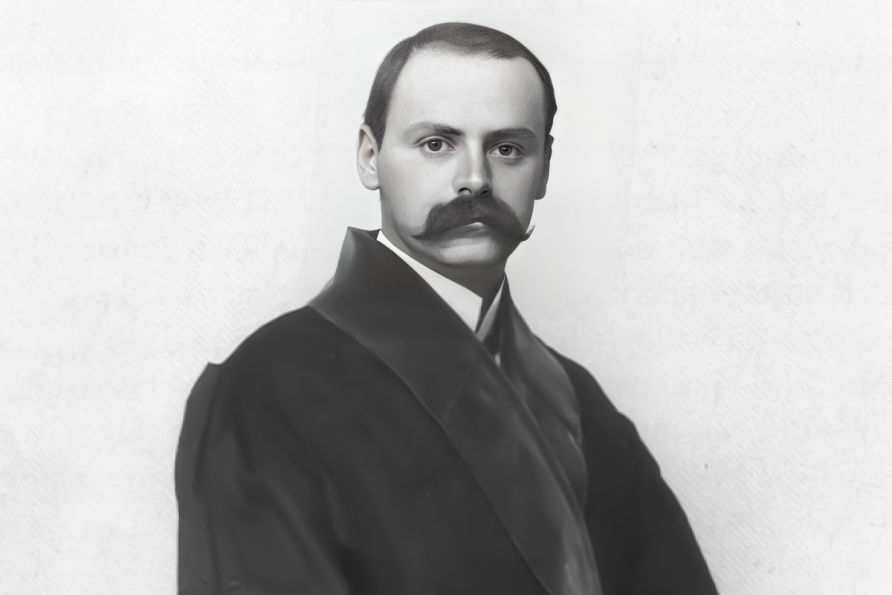
◎ Karl Schwarzschild
In the General Theory of Relativity published in 1915, Einstein first proposed the existence of these strange objects in our universe. Black holes, as the natural outcome of the death and collapse of massive stars, emerged from Einstein's equations of General Relativity. In 1916, the German physicist Karl Schwarzschild was the first to describe black holes mathematically. A few years later, in 1967, theoretical physicist John Wheeler first coined the term "black hole" at a formal scientific conference.
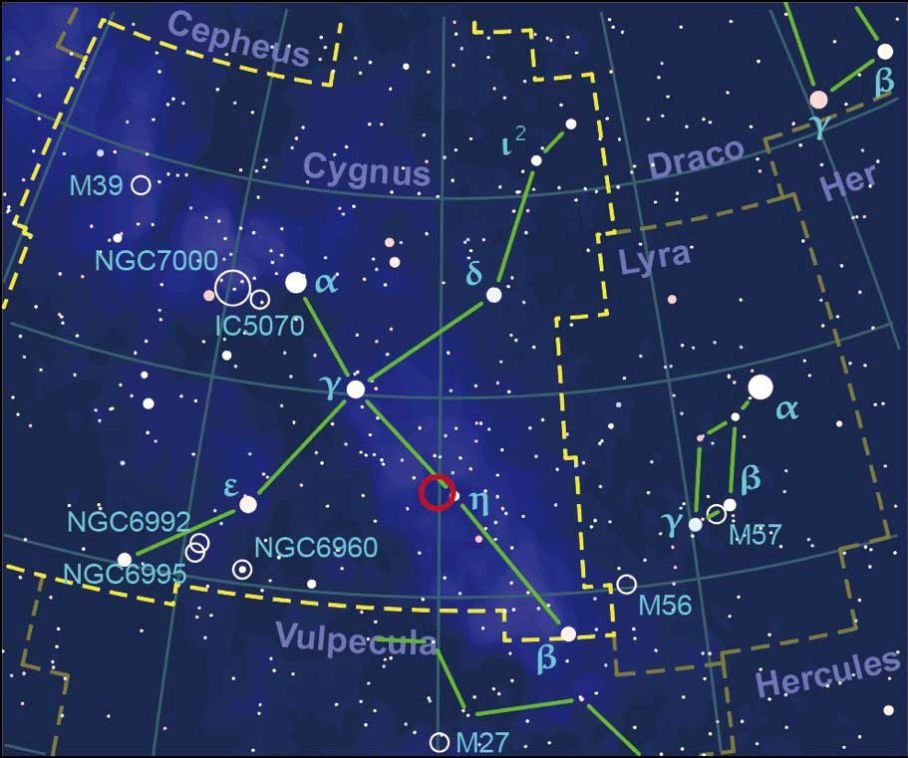
A black hole is an astronomical object with massive mass and high density, its gravitational pull is so strong that not even light can escape. The formation of black holes is often associated with the life cycles of massive stars. When these stars exhaust their core fuel and can no longer continue the process of nuclear fusion, they undergo a supernova explosion. In the explosion, the outer layers of the star are ejected, and the core begins to collapse. If the remaining core mass is large enough (typically more than three times the mass of the sun), the core will continue to collapse, forming a highly dense object, a black hole. In this process, gravity overcomes other supporting forces, causing the core to be unable to resist its own gravity, eventually leading to the formation of a black hole.
◎ Until the 1970s, black holes were only theoretical peculiarities. Then, in 1971, scientists discovered the first actual black hole, Cygnus X-1. The red circle indicates the location of the black hole.
In the theory of General Relativity, gravity arises from the warping of time and space, with more massive objects causing more severe distortions in the surrounding time and space. One important prediction of General Relativity is that when a massive object accelerates, it causes drastic changes in the distortion of time and space, creating ripples that propagate outward. This is known as gravitational waves. For example, in a binary black hole system, when the two black holes orbit each other at high speeds or even collide, they will radiate gravitational waves.
Welcome to the Singularity Theater, a unique space infused with interactivity, dedicated to exploring the mysteries of gravitational waves and black holes. Here, through a harmonious blend of visuals and sound, we unveil the wonders and allure of the profound cosmos.
Journey into Gravitational Waves
This theater employs advanced audiovisual technology, immersing you in the awe of gravitational waves. Whether subtle or intense, we recreate these waves through various sound and light effects, allowing you to experience how they warp space.
Visual Exploration of Black Holes
Next, with captivating visual effects, we guide you on an enigmatic journey into black holes. Our presentation transcends traditional boundaries, not only illustrating the form of black holes but also showcasing how they twist light and spacetime, offering you an up-close observation of this most mysterious phenomenon in the universe.
The Singularity Theater invites you on an adventure beyond imagination, harnessing cutting-edge technology to provide a truly immersive experience of the vastness of the cosmos. Let's embark on this thrilling and enigmatic cosmic journey together!
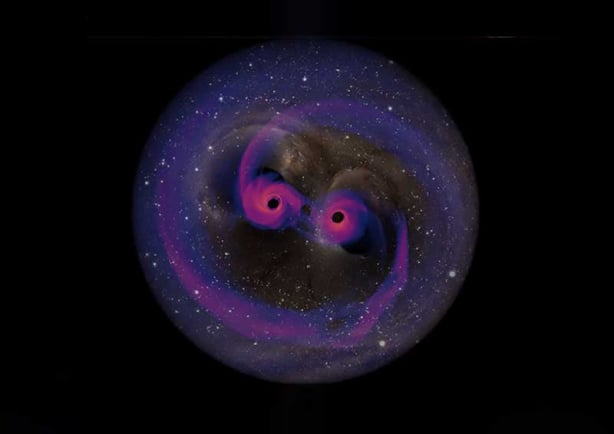
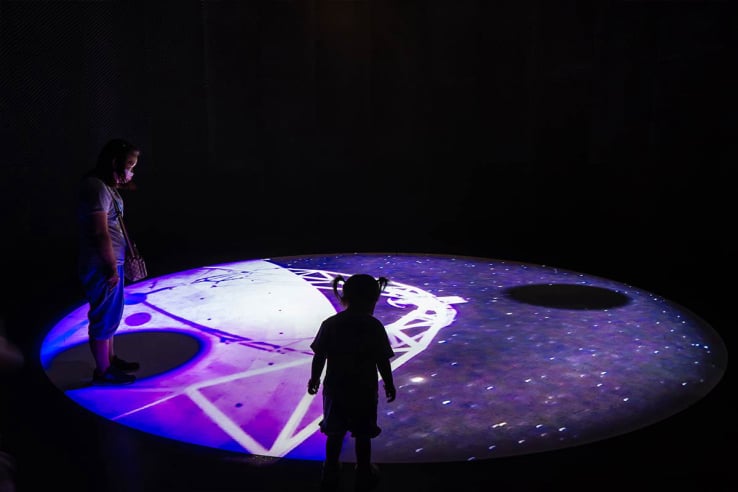
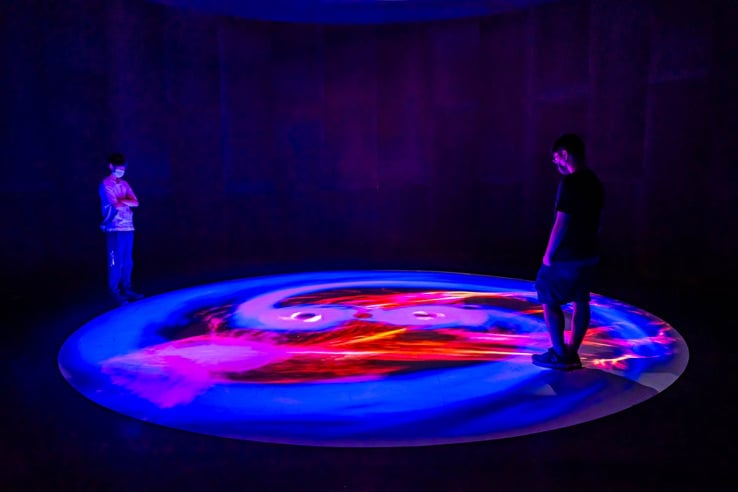
Recent research achievements in black hole studies.
As scientific research scales up and becomes more challenging, international collaboration has become a trend in astronomical observation studies. The Institute of Astronomy and Astrophysics at Academia Sinica, in collaboration with several international research teams, successfully obtained images using new millimeter-wave observations. For the first time, the connection between accretion flows and jet origins near supermassive black holes at the centers of galaxies has been confirmed. The research findings were published in the prestigious international journal Nature in April of this year (2023). Participating institutions from Taiwan also include National Taiwan Normal University, National Sun Yat-sen University, and the National Chung-Shan Institute of Science and Technology, with funding support from Academia Sinica and the National Science Council. Together, they contribute efforts to enhance Taiwan's international visibility in the field.
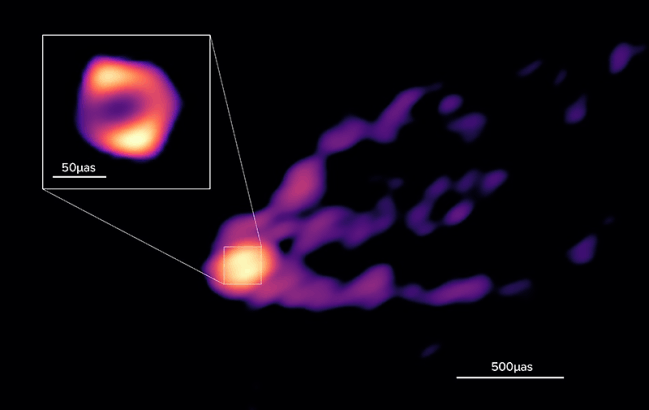
The VLBI (Very Long Baseline Interferometry) image of the M87 jet and black hole shadow in the millimeter wave band.
GMVA(3.5mm)
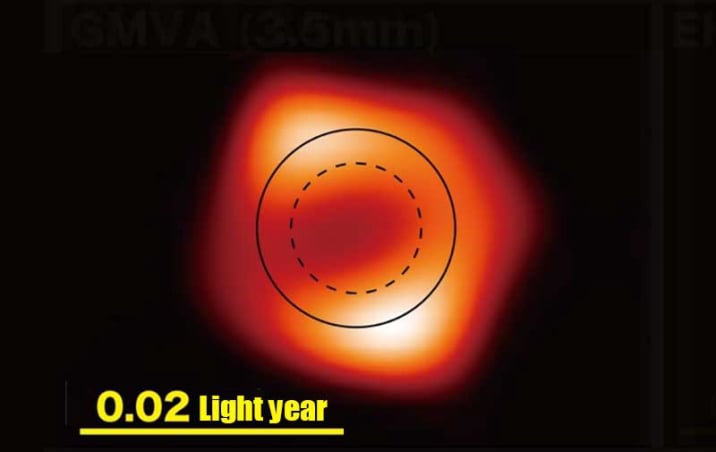
Images of the M87 black hole shadow were observed at different wavelengths; from the GMVA observation at 3.5mm.
Image Credit : Lu, Asada, et al. (2023); the EHT Collaboration; composition by F. Tazaki
EHT(1.3mm)
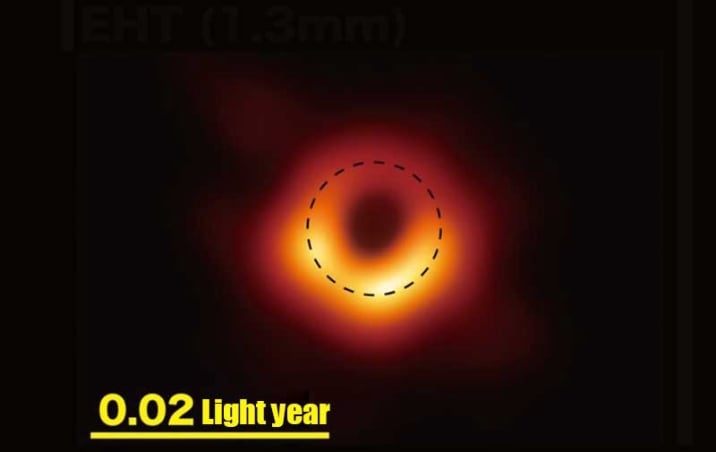
Images of the M87 black hole shadow were observed at different wavelengths; from the EHT observation at 1.3mm.
Image Credit : Lu, Asada, et al. (2023); the EHT Collaboration; composition by F. Tazaki
